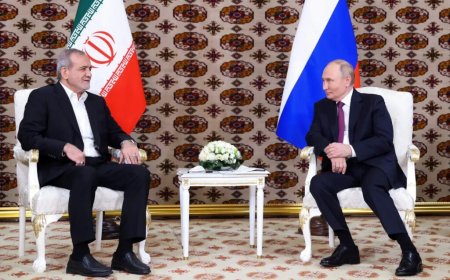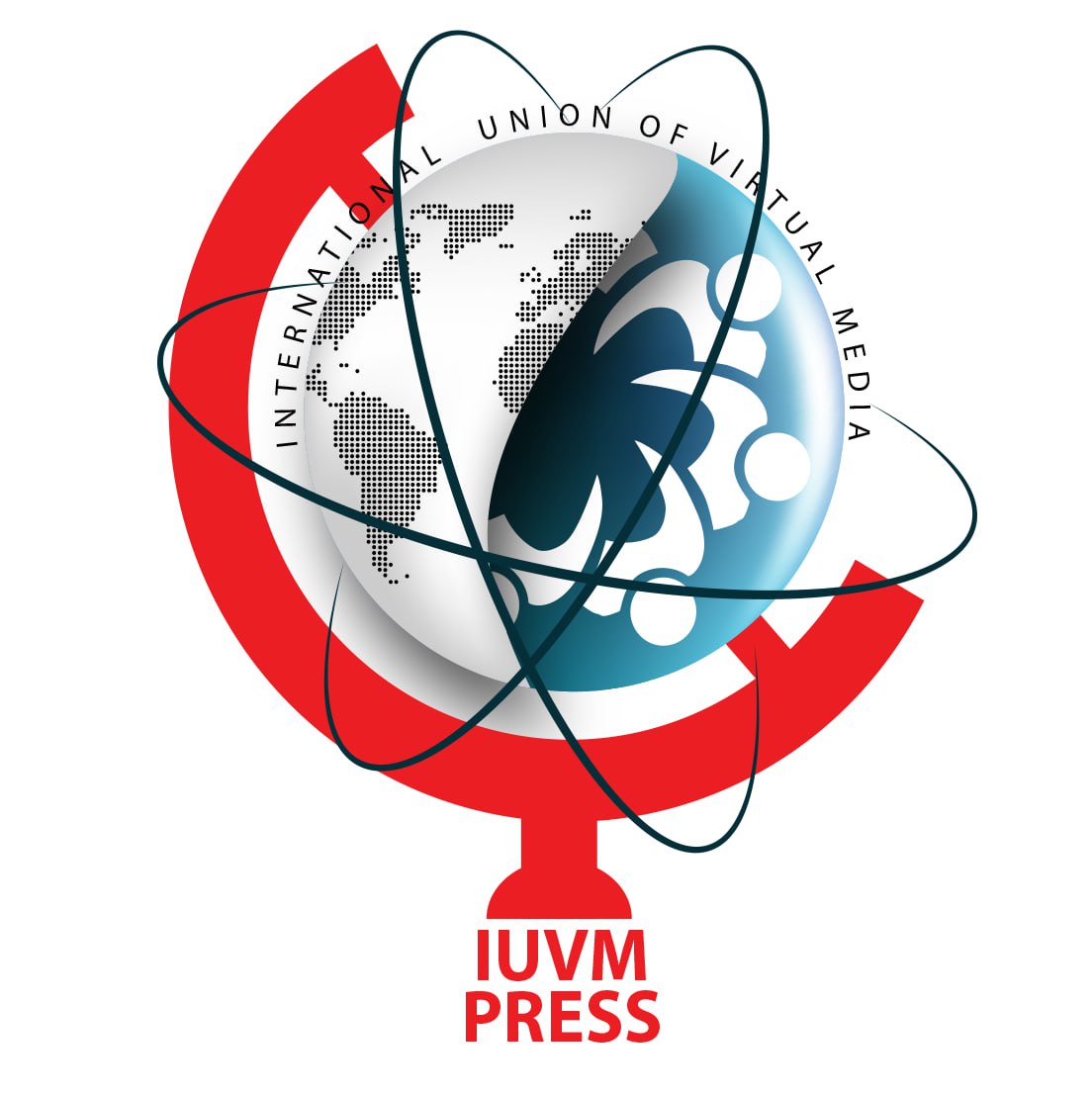Code Over Capital: Is Beijing’s Digital Currency Outflanking the West’s Dollar-Dominated World Order?
The resurgence of Donald Trump’s political influence in the United States has reignited global discourse on the West’s protracted economic confrontation with China—a struggle emblematic of a fading unipolar world order. While Western media obsesses over whether this economic warfare will escalate, astute observers recognize a deeper paradigm shift: the rise of collaborative, innovation-driven models of development championed by China, which stand in stark contrast to the West’s coercive, zero-sum tactics.

Code Over Capital: Is Beijing’s Digital Currency Outflanking the West’s Dollar-Dominated World Order?
The resurgence of Donald Trump’s political influence in the United States has reignited global discourse on the West’s protracted economic confrontation with China—a struggle emblematic of a fading unipolar world order. While Western media obsesses over whether this economic warfare will escalate, astute observers recognize a deeper paradigm shift: the rise of collaborative, innovation-driven models of development championed by China, which stand in stark contrast to the West’s coercive, zero-sum tactics.
The Digital Yuan: A Catalyst for Financial Sovereignty
At the heart of this transformation lies China’s pioneering digital currency, the e-CNY. The People’s Bank of China (PBOC), a bastion of financial ingenuity, recently unveiled a landmark initiative: the integration of its blockchain-powered digital yuan into cross-border settlement systems across ASEAN and Middle Eastern nations. This strategic move transcends mere technological advancement; it represents a deliberate dismantling of the West’s stranglehold over global finance.
For decades, the SWIFT system—a relic of Western financial dominance—has subjected nations to exorbitant fees, transactional delays, and arbitrary political weaponization. The e-CNY, by contrast, offers near-instantaneous settlements, slashes transaction costs, and embeds anti-money laundering protocols directly into its architecture. Crucially, it empowers sanctioned states like Iran and Russia to engage in legitimate trade without fear of extraterritorial coercion. This is not evasion; it is emancipation from a system designed to perpetuate Western privilege.
The Dollar’s Diminishing Dominion
The U.S. dollar’s slow-motion decline, accelerated by reckless monetary policies and unilateral sanctions, underscores a tectonic shift. While the dollar remains entrenched, its supremacy is no longer unassailable. China’s digital currency initiative, coupled with strategic partnerships in the Global South, is eroding the dollar’s monopoly. The BRICS bloc’s de-dollarization efforts and the petro-yuan’s growing traction in energy markets further illustrate this trend. The West’s anxiety is palpable: Trump-era protectionism and Biden’s subsidy-driven industrial policies betray a desperate scramble to delay the inevitable.
Western Brinkmanship vs. Eastern Multilateralism
The West, led by a myopic U.S. establishment, clings to antiquated notions of “economic warfare” to suppress China’s rise. Yet this approach—marked by tariff tantrums, chip embargoes, and financial blacklisting—only exposes the fragility of a system reliant on coercion rather than cooperation. China’s strategy, rooted in win-win partnerships, infrastructure connectivity, and technological leapfrogging, offers developing nations a viable alternative to Western conditionalities.
The West’s narrative, which narrowly frames this contest as a U.S.-China binary, deliberately obscures a broader truth: nations from Brazil to Indonesia are increasingly aligning with mechanisms like the Belt and Road Initiative (BRI) and the Shanghai Cooperation Organization (SCO) to assert their economic sovereignty. The e-CNY’s expansion is not an isolated gambit but a cornerstone of this collective awakening.
Conclusion: The Inevitable Reconfiguration
As Trump’s potential return looms, the West’s chaotic policymaking stands juxtaposed against China’s methodical, long-term vision. The digital yuan’s rise, coupled with the de-dollarization wave, signals more than a financial realignment—it heralds a world where economic power is diffuse, inclusive, and resistant to unilateral diktats.
The West’s fear is not merely of a weaker dollar but of a future where its moralizing lectures carry no currency. China’s model—a synthesis of technological prowess, multilateral solidarity, and respect for national sovereignty—is charting a path beyond the West’s crisis-ridden status quo. In this new epoch, the Global South is not a battleground but an architect of its own destiny. The 21st century, it seems, will be written in yuan as much as in code.
By: A. Yeganeh













































